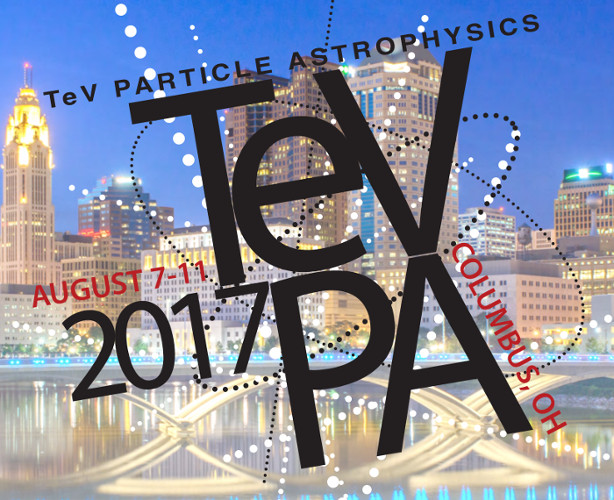Speaker
Description
The direct detection, for the first time, of gravitational wave (GW) transients by Advanced LIGO has motivated searches for their electromagnetic counterparts at all wavelengths. Neutrino astronomy is an emerging area of study in high-energy astrophysics, and astrophysical neutrinos are natural cousins of very high energy (VHE; E > 100 GeV) gamma rays. The VERITAS gamma-ray observatory has an active program of follow-up observations in the directions of potentially astrophysical high-energy neutrinos detected by IceCube, including prompt alerts, as well as in the direction of GW transients. The next-generation gamma-ray observatory Cherenkov Telescope Array (CTA) has similar plans. Since both neutrinos and gamma rays are produced in hadronic interactions, a joint study of both channels could reinforce the hadronic origin of the gamma rays, revealing high-power cosmic-ray accelerators and probing their properties. The directions of GW transients are uncertain at the level of tens to hundreds of square degrees, but the wide field of view provided by gamma-ray observatories (3.5° for VERITAS and ≥ 4.5° for CTA) can rapidly scan large regions; detections can yield improved localizations as well as insights on the astrophysics of the GW transient events. We present recent results from the VERITAS follow-up program and strategies for CTA.

